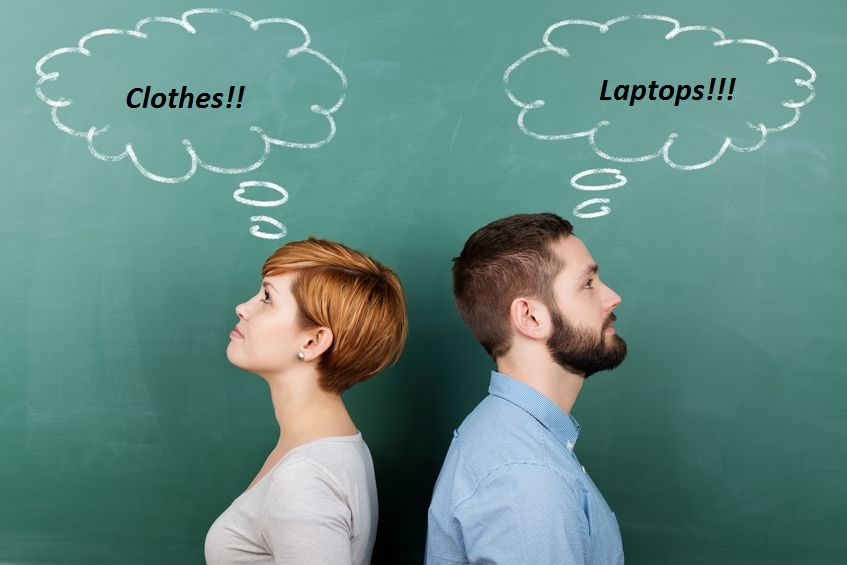Men and Women have different buying needs, we all are aware of that but how do they shop, in what circumstances! An interesting Market Research study on Spending Priorities of Men & Women in India
When they say Men are from Mars & Women are from Venus, it sounds very gender biased and obsolete. Well honestly, when it comes to shopping priorities, it stands pretty much valid. One of the major factors while understanding the Target Group of a brand is Gender. It must be analyzed carefully as to which gender will be a better prospect for the product you’re about to place in the market. Your brand design, logo, tagline and the whole marketing communication depends on deciphering this factor. This analysis can be understood according to the situations men and women shop in:
DEPRESSION SHOPPING
Stress shopping is actually deemed a disorder just like Stress Eating. Except that the former does not affect physical health. Turning the concept on its head, it is now called “retail therapy”. Call it a marketing gimmick or a positive outlook, but it does work for a lot of people. According to a survey by Huffington Post in the U.S.A.in 2013, women are twice as likely (40%) to use retail therapy than men (19%).
But that does not mean men do not shop while stressed. While women shop for clothes when feeling depressed, men crave for food and entertainment when stressed out. Men are also biased towards electronic goods, a tendency we will see in detail in the next point.
MUJHE CHANGE CHAHIYE
The mentality to possess the latest stuff is seen as one to enhance self-esteem. Men and women buy different goods in different measures due to this. As per a survey by Nielsen in 2015, 38% women spend on new clothes as compared to 31% men. The survey also indicates that men spend more on latest gadgets, 28% compare to 18% women. Both these tendencies can be associated with the generic parameters used to judge men and women prima facie – beauty for women and financial status for men.
SAVINGS & INVESTMENTS
Unfortunately, the global trend is that the earnings of men are more than those of women. The anticipation in increment is also more in case of men – 59% compared to 54% by women. This has a direct reflection in the savings and investments they make. 24% men are inclined towards savings while only 17% women show interest in this activity. As far as investment goes, it’s 12% men against 8% women. Contrarily, however, women have shown a better approach towards cutting down on their household expenses.
These statistics clearly bring out a marked difference in the spending habits of men and women. What a marketing research individual must learn out of this is that the product he/she is launching might need a revamp based on where it needs to be positioned. Shaving razors should promise better technology rather than different colours and clothing brands must host a larger variety of female apparels.
Such interesting comparative studies and analyses are part of the Post Graduate Program in Marketing Research at Northpoint India Centre of Learning. It covers various aspects of Marketing Research like Marketing, Finance and Business Management.


